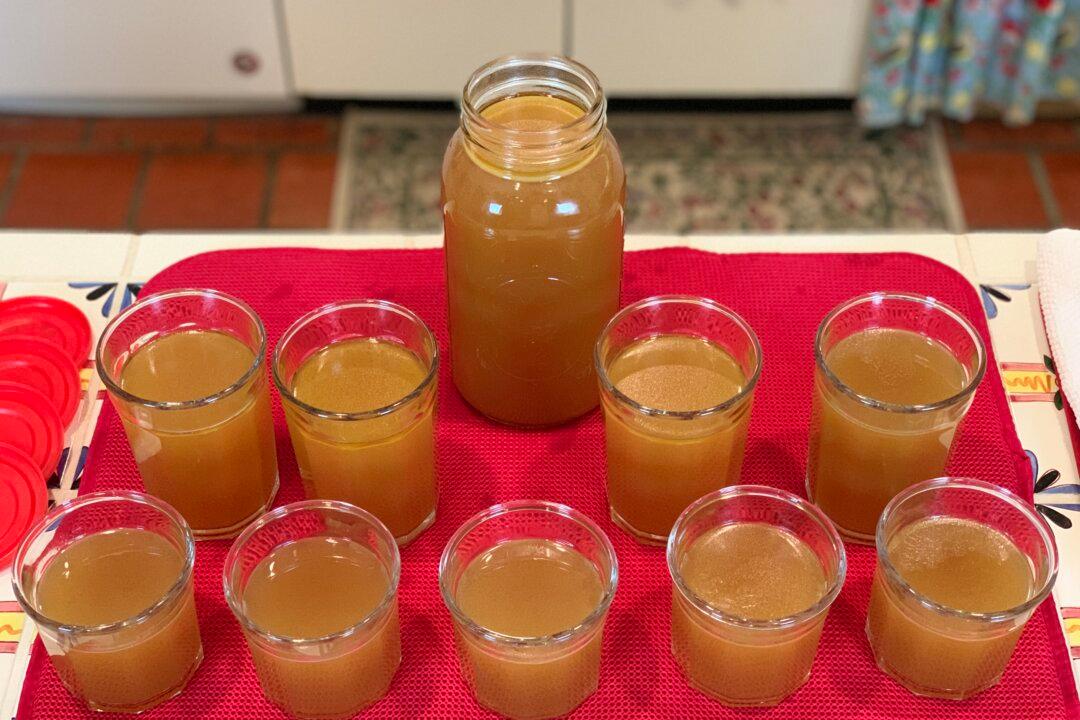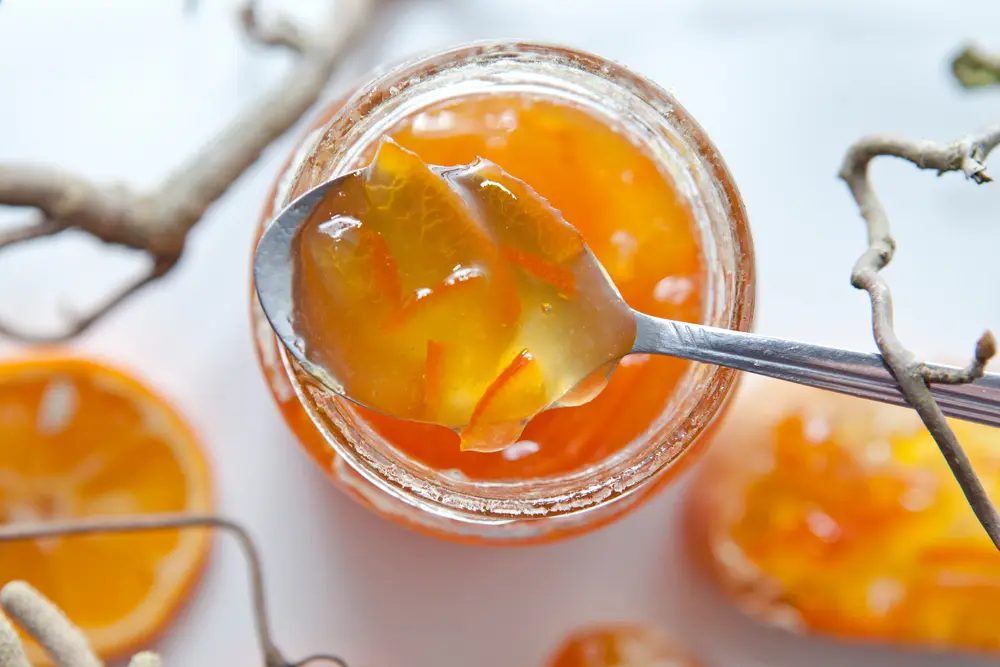Making bone broth is something that traditional cultures have been doing with various ingredients for millennia, so this is by no means an exact science.
The three most important things to remember are: First, use only as much water as is needed to cover the contents of your stockpot. Second, once you bring the liquid to a boil, immediately turn the stovetop heat down to its lowest setting. Bone broth should simmer at around 180 degrees F. You do not want to boil your bone broth for an extended period of time. And third, never waste anything! If the bones you have used to make any type of bone broth appear to still have cartilage on them that has not dissolved during the simmering, save the bones and reuse them to make a second batch of bone broth.






